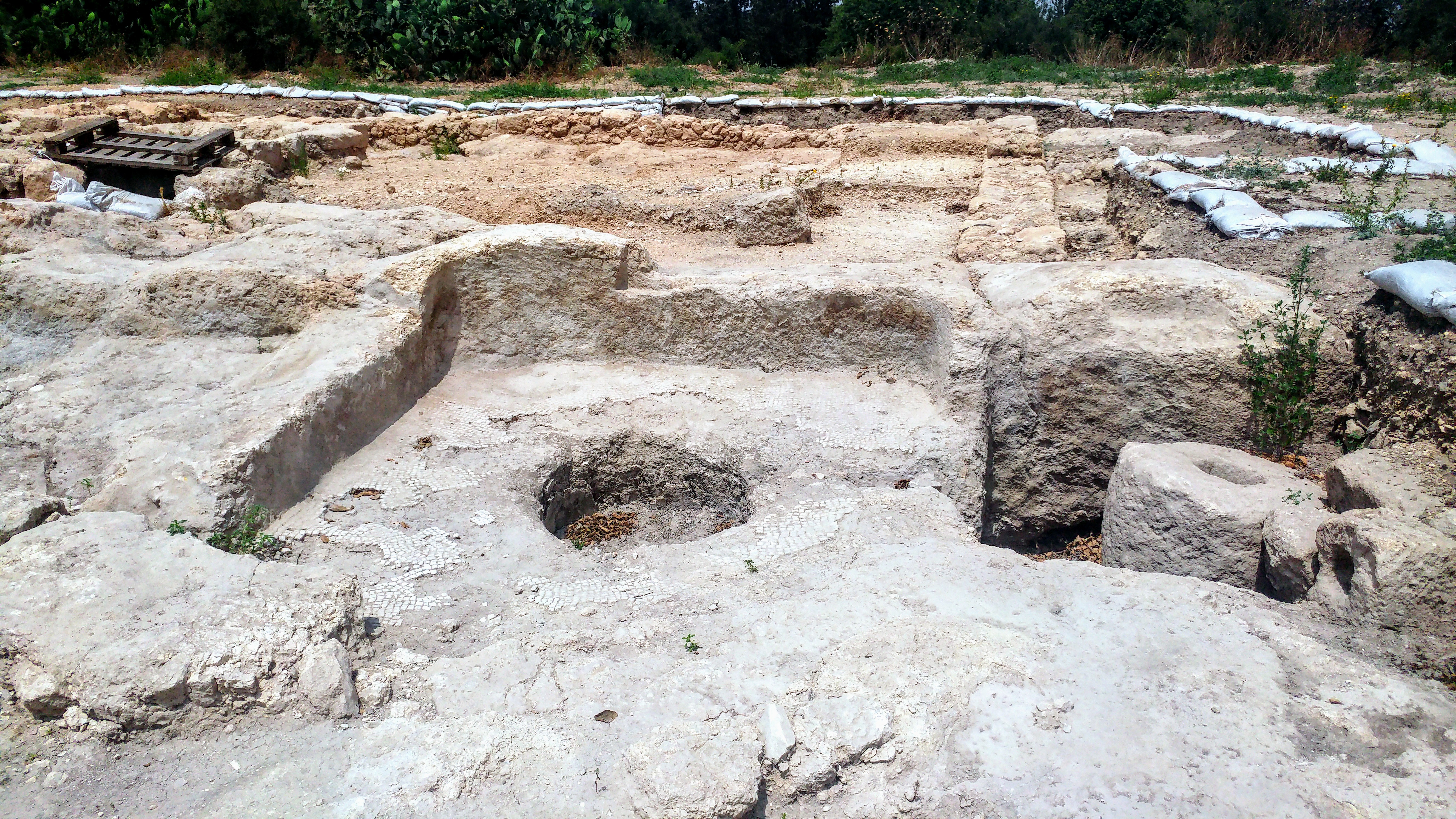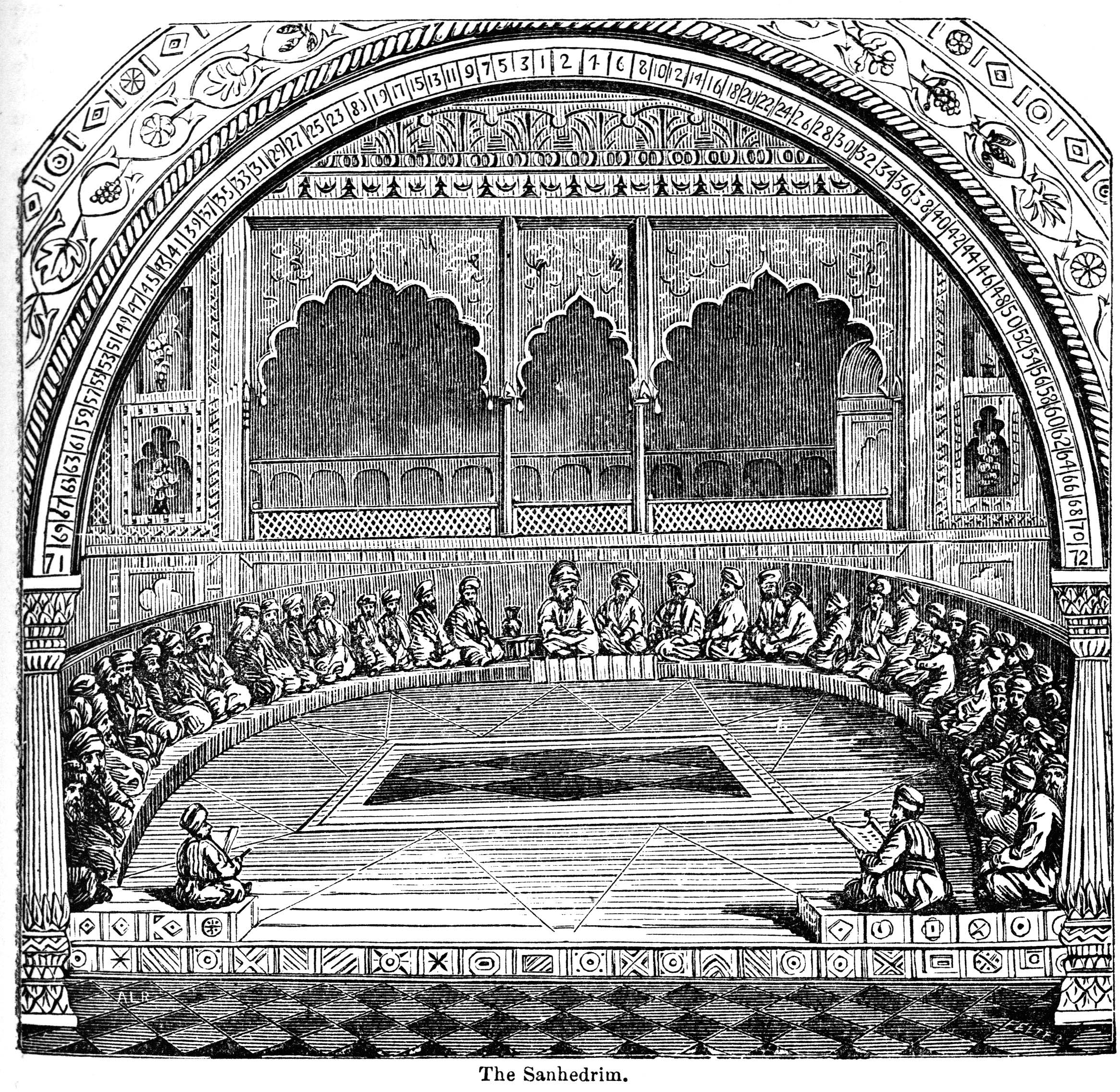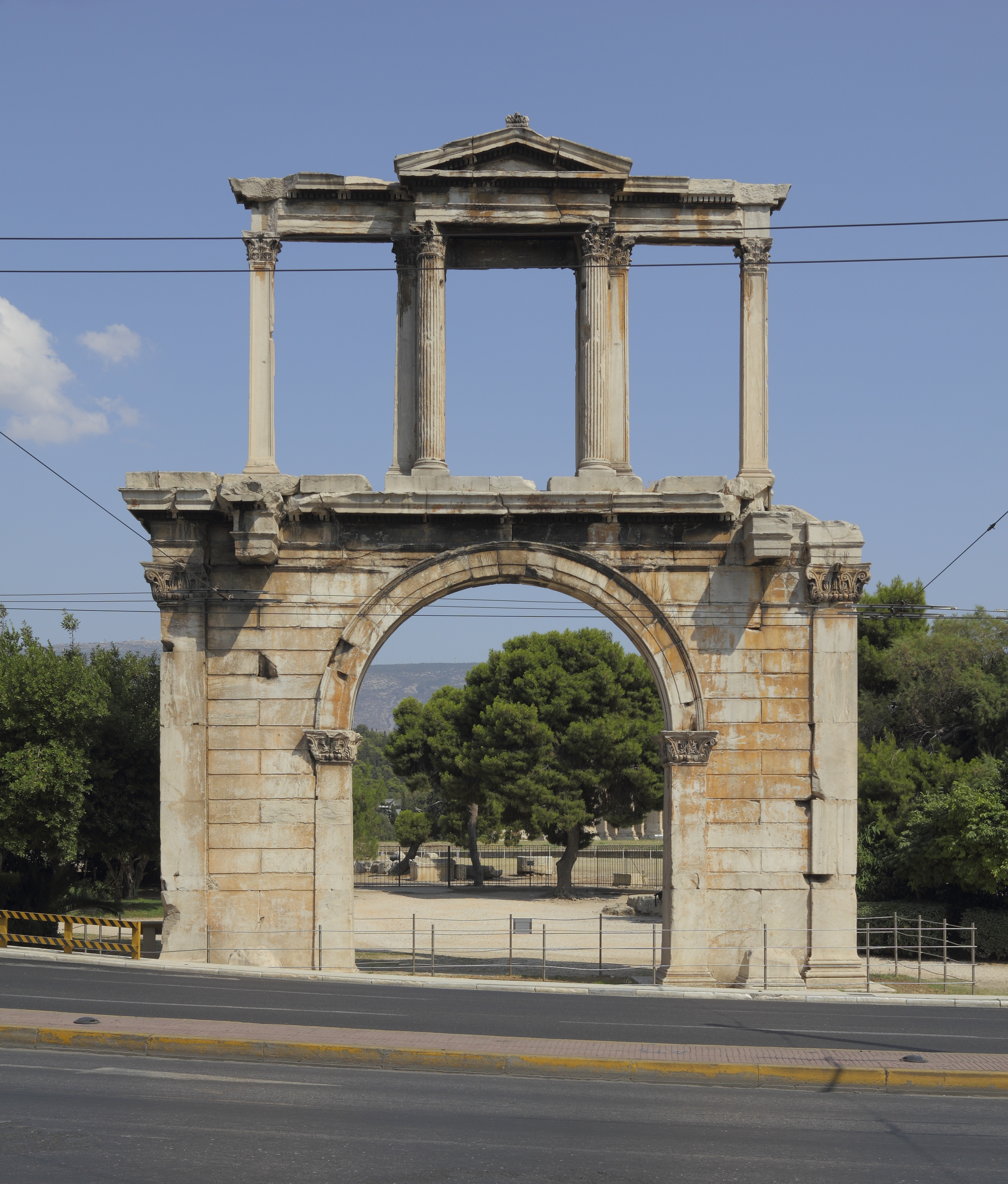|
Meïr B
Rabbi Meir () was a Jewish sage who lived in the time of the Mishnah. He was one of the Tannaim of the fourth generation (139–163), and a disciple of Rabbi Akiva. He is the second most frequently mentioned sage in the Mishnah and is mentioned over 3,000 times in the Babylonian Talmud. His wife Bruriah is one of the few women cited in the Gemara. Biography According to the Talmud, his father was a descendant of the Roman Emperor Nero who, it is said, escaped death at the time of his deposition and became subsequently a convert to Judaism. Azariah de Rossi and David Gans propose that Nero may have converted to Judaism secretly, explaining the lack of historical evidence. Maimonides and Chaim Kanievsky affirm the Talmudic claim, asserting that Rabbi Meir was Nero’s direct descendant, while Menahem Azariah da Fano offers an allegorical interpretation, suggesting Rabbi Meir was a ''reincarnation'' of Nero rather than a literal descendant. Some modern scholars view the story as ... [...More Info...] [...Related Items...] OR: [Wikipedia] [Google] [Baidu] |
Jewish Sage
''Hakham'' (or ''Chakam(i), Haham(i), Hacham(i), Hach''; ) is a term in Judaism meaning a wise or skillful man; it often refers to someone who is a great Torah scholar. It can also refer to any cultured and learned person: "He who says a wise thing is called a ''Hakham'', even if he be not a Jew." Hence, in Talmudic-Midrashic literature, wise gentiles are commonly called ' ("wise men of the nations of the world"). In Sephardic usage, ''hakham'' is a synonym for "rabbi". In ancient times ''Hakham'' as an official title is found as early as the first Sanhedrin, after the reconstruction of that body, when the Hadrianic religious persecutions had ceased. In addition to the Simeon ben Gamliel, two other scholars stood at the head of the Sanhedrin, namely Nathan the Babylonian as ''Av Beit Din'' and Rabbi Meir as ''hakham''. Another hakham mentioned by name was Simon, the son of Judah ha-Nasi, who after the death of his father officiated as ''hakham'', with his elder brother the . The ... [...More Info...] [...Related Items...] OR: [Wikipedia] [Google] [Baidu] |
Judah Ben Ilai
Judah beRabbi Ilai (Mishnaic Hebrew: יהודה בר' אלעאי), usually known as Rabbi Judah or Judah bar Ilai, was a rabbi of the 2nd century (fourth generation of Tannaim), and a disciple of Rabbi Akiva. Of the many Judahs in the Talmud, he is the one referred to simply as "Rabbi Judah" and is the most frequently mentioned sage in the Mishnah. He is not to be confused with Judah bar Ma'arava (, lit. 'Judah of the West'), an amora. Biography Judah was born at Usha in the Galilee. His teachers were his father Rabbi Ilai I (himself a pupil of Eliezer ben Hurcanus), Rabbi Akiva, and Rabbi Tarfon. He studied under Tarfon in early youth, and was so closely associated with Tarfon that he even performed menial services for him. He was ordained by Judah ben Bava at a time when the Roman Empire forbade ordination. Judah was forced to flee Hadrian's persecution. Almost at the beginning of Hadrian's persecution, Judah was forced to flee from Usha and conceal himself, and he ofte ... [...More Info...] [...Related Items...] OR: [Wikipedia] [Google] [Baidu] |
Usha (ancient City)
Usha () was an ancient Jewish town in the western part of Galilee. It was identified in the late 19th century by Victor Guérin, who found the ruins on which the Arab village of Hawsha was built.Guerin, 1880, pp415416. Partially translated in Conder and Kitchener, 1881, SWP I, p311/ref> The modern kibbutz of Usha, Israel is located several kilometers to the west. The site is close to the town of Kiryat Ata."1,400-year-old Byzantine Hammer and Nails Discovered in Ancient Jewish Village of Usha" Ruth Schuster for ''Haaretz'', 30 Oct 2019. Accessed 29 Jan 2024. History and archaeology ...
|
Sanhedrin
The Sanhedrin (Hebrew and Middle Aramaic , a loanword from , 'assembly,' 'sitting together,' hence ' assembly' or 'council') was a Jewish legislative and judicial assembly of either 23 or 70 elders, existing at both a local and central level in the ancient Land of Israel. There were two classes of Rabbinite courts called sanhedrins: Greater and Lesser. A lesser Sanhedrin of 23 judges was appointed to sit as a tribunal in each city. There was only one Great Sanhedrin of 70 judges, which, among other roles, acted as a supreme court, taking appeals from cases that lesser courts decided. In general usage, ''the Sanhedrin'' without qualifier usually refers to the Great Sanhedrin, which was presided over by the Nasi, who functioned as its head or representing president, and was a member of the court; the Av Beit Din or the chief of the court, who was second to the Nasi and 69 general members. In the Second Temple period, the Great Sanhedrin met in the Temple in Jerusalem, in a bu ... [...More Info...] [...Related Items...] OR: [Wikipedia] [Google] [Baidu] |
Hadrian
Hadrian ( ; ; 24 January 76 – 10 July 138) was Roman emperor from 117 to 138. Hadrian was born in Italica, close to modern Seville in Spain, an Italic peoples, Italic settlement in Hispania Baetica; his branch of the Aelia gens, Aelia ''gens'', the ''Aeli Hadriani'', came from the town of Atri, Abruzzo, Hadria in eastern Italy. He was a member of the Nerva–Antonine dynasty. Early in his political career, Hadrian married Vibia Sabina, grandniece of the ruling emperor, Trajan, and his second cousin once removed. The marriage and Hadrian's later succession as emperor were probably promoted by Trajan's wife Pompeia Plotina. Soon after his own succession, Hadrian had four leading senators unlawfully put to death, probably because they seemed to threaten the security of his reign; this earned him the senate's lifelong enmity. He earned further disapproval by abandoning Trajan's expansionist policies and territorial gains in Mesopotamia (Roman province), Mesopotamia, Assyria ( ... [...More Info...] [...Related Items...] OR: [Wikipedia] [Google] [Baidu] |
Hananiah Ben Teradion
Rabbi Haninah ben Teradion ( ''Ḥănīnāʾ ben Təraḏyōn'') or Hananiah ( ''Ḥănanyā'') ben Teradion was a rabbi and tanna of the third generation (2nd century). He was a contemporary of Eleazar ben Perata I and of Halafta, together with whom he established certain ritual rules. Known as one of the wealthiest men in Galilee, he also served as the treasurer of a fund for the poor. Following the Bar Kokhba revolt, he was executed by the Romans for ignoring the ban on teaching Torah, and is considered one of the Ten Martyrs. Life and work His residence was at Sikhnin, where he directed religious affairs as well as a school. The latter came to be numbered among the distinguished academies with reference to which a baraitha says: "The saying 'That which is altogether just shall you follow' may be construed, 'Follow the sages in their respective academies. ... Follow Rabbi Haninah ben Teradion in Sikhnin'". Haninah administered the communal charity funds, and so scru ... [...More Info...] [...Related Items...] OR: [Wikipedia] [Google] [Baidu] |
Bar Kokhba
Simon bar Kokhba ( ) or Simon bar Koseba ( ), commonly referred to simply as Bar Kokhba, was a Jewish military leader in Judaea (Roman province), Judea. He lent his name to the Bar Kokhba revolt, which he initiated against the Roman Empire in 132 CE. Though they were ultimately unsuccessful, Bar Kokhba and his rebels did manage to establish and maintain a History of the Jews and Judaism in the Land of Israel, Jewish state for about three years after beginning the rebellion. Bar Kokhba served as the state's leader, crowning himself as ''Nasi (Hebrew title), nasi'' (). Some of the Rabbinic literature, rabbinic scholars in his time believed him to be the long-expected Messiah in Judaism, Messiah. In 135, Bar Kokhba was killed by Roman troops in the fortified town of Betar (ancient village), Betar. The Judean rebels who remained after his death were all killed or enslaved within the next year, and their defeat was followed by a harsh crackdown on the Judean populace by the Roman empe ... [...More Info...] [...Related Items...] OR: [Wikipedia] [Google] [Baidu] |
Judah Ben Baba
Judah ben Bava was a rabbi in the 2nd century who ordained a number of rabbis at a time when the Roman government forbade this ceremony. The penalty was execution for the ordainer and the new rabbis. Rabbi Judah ben Bava was killed by Hadrian's soldiers at the age of seventy, and is known as one of the Ten Martyrs. Rabbi Judah ben Bava was caught by Hadrian's soldiers while ordaining his students Rabbi Meir, Rabbi Judah bar Ilai, R' Shimon bar Yochai, R' Jose ben Halafta, and R' Elazar ben Shamua in a place between Usha and Shefaram. He told his students to run, but he himself was too old. Hadrian's soldiers threw 300 javelins at him, causing his death. Contributions to Talmud Judah ben Bava is the subject of many sayings and legends. He was known as "the Ḥasid," and it is said that wherever the Talmud speaks of "the Ḥasid", it is a reference either to him or to Judah ben Ilai. He authored several decisions in the Halakha, including the ruling that one witness to the death ... [...More Info...] [...Related Items...] OR: [Wikipedia] [Google] [Baidu] |
Dialectic
Dialectic (; ), also known as the dialectical method, refers originally to dialogue between people holding different points of view about a subject but wishing to arrive at the truth through reasoned argument. Dialectic resembles debate, but the concept excludes subjective elements such as emotional appeal and rhetoric. It has its origins in ancient philosophy and continued to be developed in the Middle Ages. Hegelianism refigured "dialectic" to no longer refer to a literal dialogue. Instead, the term takes on the specialized meaning of development by way of overcoming internal contradictions. Dialectical materialism, a theory advanced by Karl Marx and Friedrich Engels, adapted the Hegelian dialectic into a materialist theory of history. The legacy of Hegelian and Marxian dialectics has been criticized by philosophers, such as Karl Popper and Mario Bunge, who considered it unscientific. Dialectic implies a developmental process and so does not fit naturally within classical ... [...More Info...] [...Related Items...] OR: [Wikipedia] [Google] [Baidu] |
Eruvin (Talmud)
Eruvin (, lit. "Mixtures") is the second tractate in the Order of Moed in the Talmud, dealing with the various types of . In this sense this tractate is a natural extension of Shabbat; at one point these tractates were likely joined but then split due to length. The '' Ra'ya Mehemna'' (14th century) introduced ענ״י as an acronym for "Eruvin, Niddah, and Yevamot". According to Jacob Emden, עני ''destitute'' is a pun which references the reputed difficulty of these tractates, and the acronym serves to warn off students. Eliezer Sofer uses it for "Eruvin, Nazir, Yevamot", arguing that Nazir is more difficult, and some also use "Eruvin, Nedarim, Yevamot". Structure The tractate consists of ten chapters with a total of 96 mishnayot. Its Babylonian Talmud version is of 105 pages and its Jerusalem Talmud version is of 65 pages. An overview of the content of chapters is as follows: * Chapter 1 () has ten mishnayot. * Chapter 2 () has six mishnayot. * Chapter 3 () has nine mis ... [...More Info...] [...Related Items...] OR: [Wikipedia] [Google] [Baidu] |
Scrivener
A scrivener (or scribe) was a person who, before the advent of compulsory education, could literacy, read and write or who wrote letters as well as court and legal documents. Scriveners were people who made their living by writing or copying written material. This usually indicated secretary, secretarial and Administration (government), administrative duties such as Dictation (exercise), dictation and keeping business, judicial, and history, historical records for monarch, kings, nobility, nobles, temples, and municipality, cities. Scriveners later developed into notaries, court reporters, and in England and Wales, scrivener notaries. They were and are generally distinguished from scribes, who in the European Middle Ages mostly copied books; with the spread of printing this role largely disappeared, but scriveners were still required. Styles of handwriting used by scriveners included secretary hand, book hand and court hand. Current role Scriveners remain common mainly in co ... [...More Info...] [...Related Items...] OR: [Wikipedia] [Google] [Baidu] |
Rabbi Ishmael
Rabbi Yishmael ben Elisha Nachmani (Hebrew: רבי ישמעאל בן אלישע), often known as Rabbi Yishmael and sometimes given the title "Ba'al HaBaraita" (Hebrew: בעל הברייתא, “Master of the Outside Teaching”), was a rabbi of the 1st and 2nd centuries (third generation of tannaim) CE. Life He was a descendant of a wealthy priestly family in Upper Galilee. His year of birth was 90 CE. He was captured by the Romans as a young boy, but redeemed by R' Joshua ben Hananiah. R' Nehunya ben HaKanah became his teacher, and he remained a close colleague of Rabbi Joshua. He is likely the grandson of the high priest of the same name. He lived in Kfar Aziz, south of Hebron. Some suppose that he was among the martyrs of Betar. The more generally received opinion, however, is that one of the martyrs was a namesake (Rabbi Ishmael's death is mentioned in '' Nedarim'' 9:10). ''Jewish Encyclopedia'' bibliography: *Bacher, ' i. 210 et seq.; * Brüll, ''Mebo ha-Mishnah'', i. ... [...More Info...] [...Related Items...] OR: [Wikipedia] [Google] [Baidu] |



